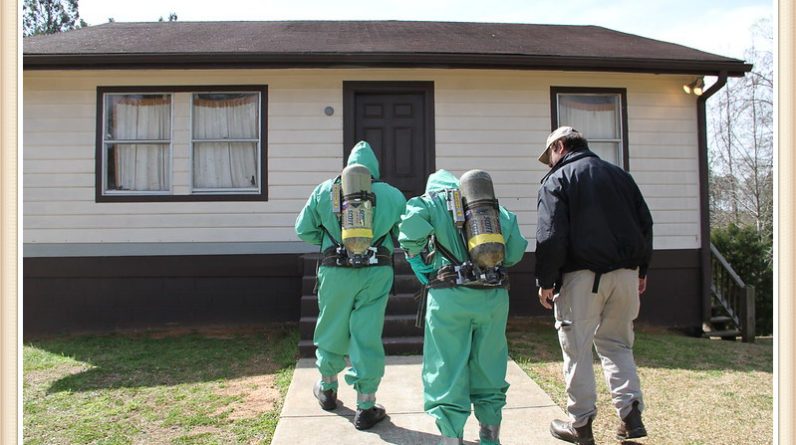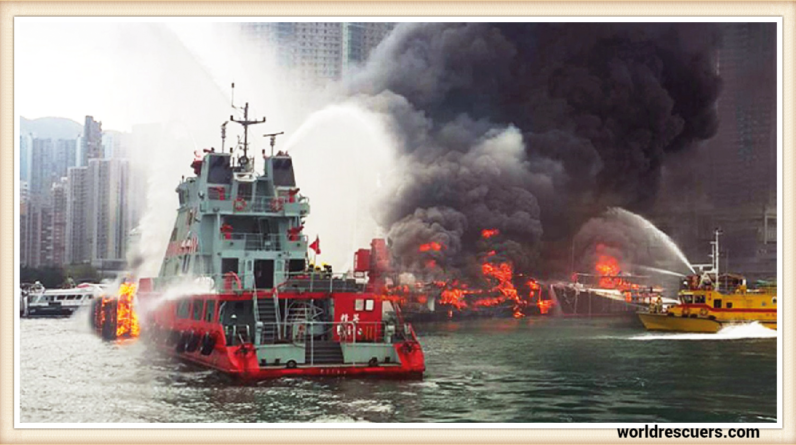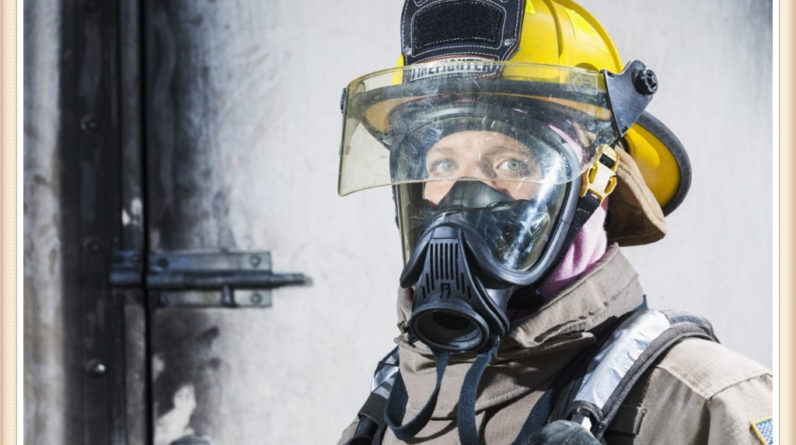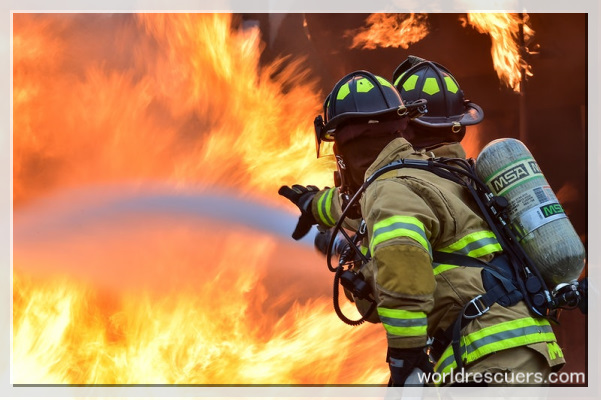
Conclusion: Forging a Safer Future
In the pursuit of a safer and more secure community, fire departments must embrace a holistic approach to fire department management. The integration of robust fire protection systems and specialized training through the Emergency Vehicle Operations Course establishes a formidable defense against fire emergencies.

As technology advances and training methodologies evolve, fire departments are positioned to usher in a new era of safety and efficiency, underscoring their unwavering commitment to serving and safeguarding the communities they are entrusted with.
In the dynamic landscape of fire department management, two critical components stand out as linchpins in ensuring the safety of personnel and efficient emergency response: fire protection systems and the Emergency Vehicle Operations Course. This article delves into their pivotal roles in the context of firefighting and the effective utilization of emergency vehicles, outlining their synergistic contributions to safer and more responsive fire service.
The Nexus of Fire Protection Systems
Fire protection systems represent the backbone of any comprehensive fire department management strategy. These systems encompass a wide array of technologies, including fire alarms, sprinkler systems, fire extinguishers, and more. Their collective purpose is to detect, contain, and suppress fires, thereby safeguarding lives and property. A well-designed fire protection system can substantially mitigate the destructive potential of fires and create a controlled environment for firefighters to operate within.
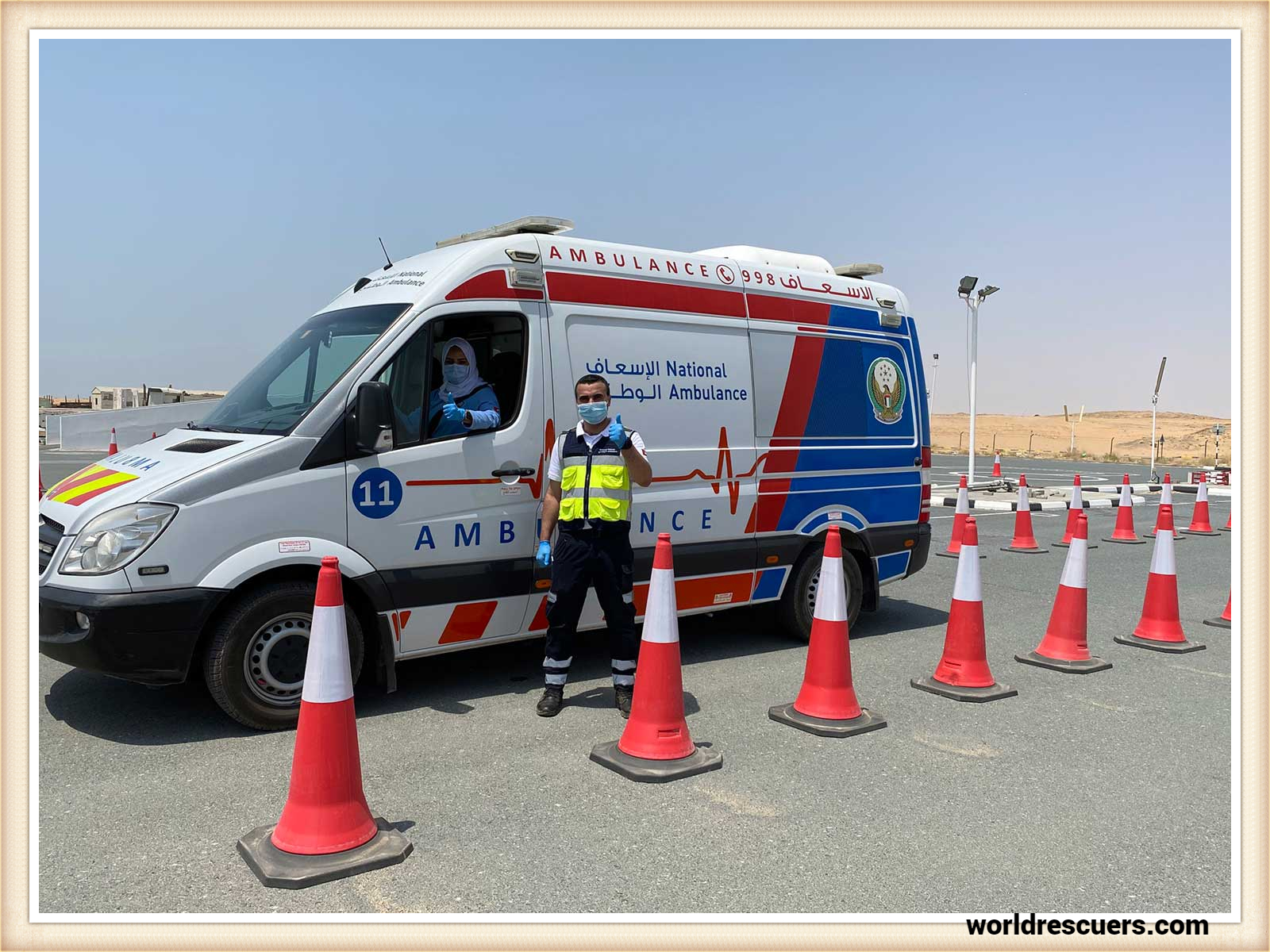
Elevating Firefighting Through Comprehensive Training
While fire protection systems offer invaluable preventative measures, the efficacy of firefighting largely hinges on the expertise of firefighters and their readiness to respond swiftly and efficiently. This is where the Emergency Vehicle Operations Course steps in. Designed to equip firefighters with the skills to navigate emergency vehicles with precision, this course plays a crucial role in enhancing response times and minimizing risks during critical situations.
Navigating the Complexities of Emergency Vehicle Operations
Emergency vehicle operations are complex, requiring nuanced training. This course offers hands-on experience in diverse scenarios: congested urban streets to high-speed highways. Firefighters become adept at vehicle handling, braking, acceleration, and maneuvering, ensuring safe and effective emergency responses.
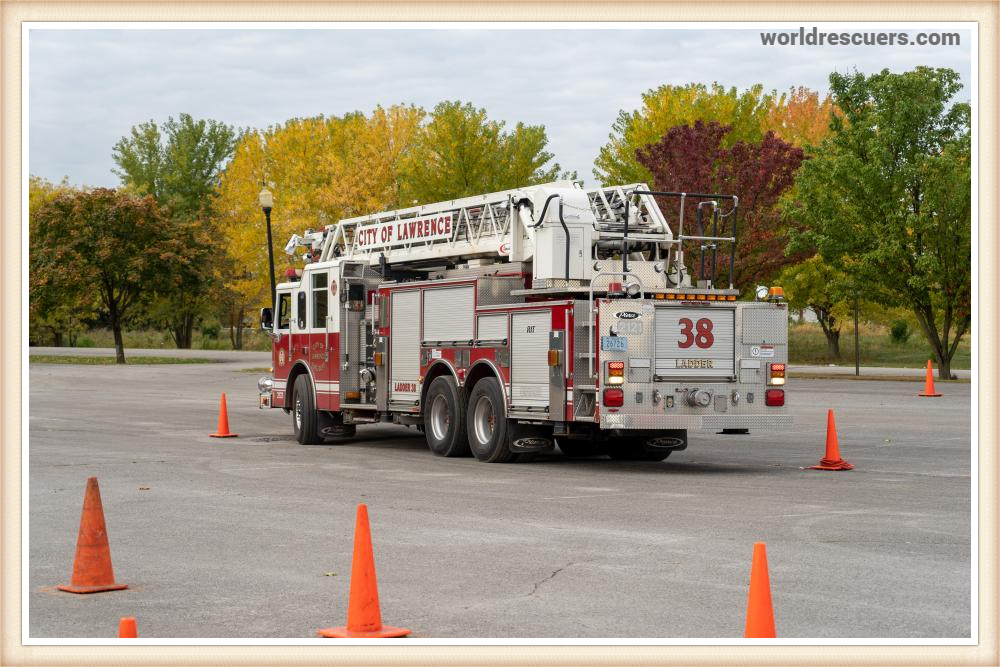
Synergy in Action: Strengthening Fire Department Management
The intersection of fire protection systems creates a powerful synergy that strengthens the overall fabric of fire department management. Fire protection systems preemptively address fire hazards, while this Course empowers firefighters to respond promptly and skillfully. This comprehensive approach reduces the potential for fire-related incidents and maximizes the effectiveness of emergency responses.
FAQ’s
What is the emergency vehicle operations course in Texas?
The Emergency Vehicle Operations Course in Texas is specialized training. It equips firefighters with skills to operate emergency vehicles safely and effectively during critical responses.
What does EVOC stand for?
EVOC stands for “Emergency Vehicle Operations Course.
How do I become an EVOC instructor in Indiana?
To become an EVOC instructor in Indiana, you typically need to meet specific requirements set by the state’s fire department.
Highly trained Assistant Fire Chief dedicated to public safety and awareness for the past 16 years. Effective leader who remains steady during times of emergency, while directing and motivating team members throughout crises.


